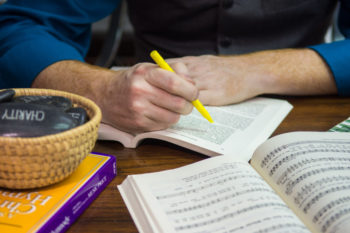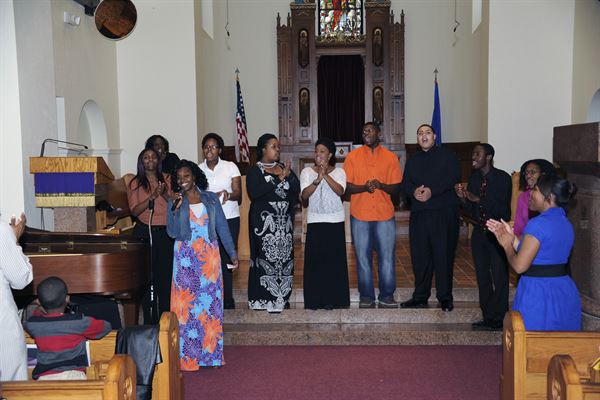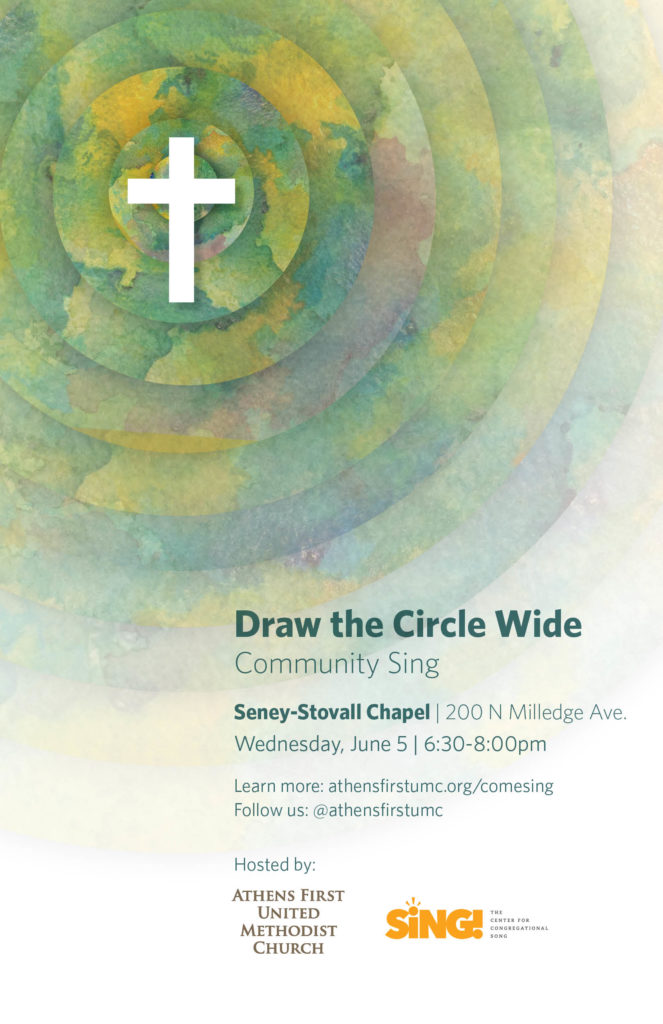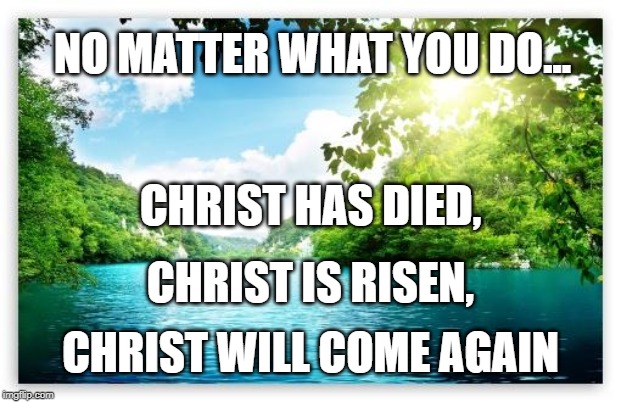The Church Is Dying
This morning I read yet another headline from a denominational news source to the effect of “9 things the church must change immediately so it doesn’t die.” The article was filled with claims of the church’s decline and our impending doom unless, of course, we made the urgent changes the author called for. I’m sure you’ve read similar articles over the last few years. At this point, I’ve stopped clicking on those headlines altogether, even if they hold strong suggestions or make good points.
I can’t be bothered
I can’t be bothered, and here’s why:
The church isn’t held together by what we do or don’t do. If that was the case, there wouldn’t be a church today. Seriously…have you read church history? It’s terrible. Have you read the Old Testament? The people of Israel screw things up pretty consistently. If you think the church is doing things today that are unrivaled in their bad-ness…please read more history and more scripture. The church isn’t held together by what we do or don’t do, it’s held together by the Spirit of God. Always moving, provoking, stirring in new and unexpected places: The Spirit is always at work in, around, and in spite of whatever evil we can throw at it. That is why the church still exists today. (Side-note: It’s also why I’m a big fan of Augustine’s concept of the church visible/invisible that was picked up by various Reformers).
Faith In God
If we’re worried about the church “dying,” that says more about our faith in God (or lack thereof) than in the long-term viability of the church. If you’re more concerned about preserving the church than you are following God’s call at any time, you’ve lost your way and you are part of the problem. Is God not loving enough to see the church into its next step? Is God not faithful enough to stick by us this time? I believe in a God who is more faithful, loving, and compassionate than I can possible imagine…so I just don’t have time or energy to worry about the church’s longevity.
Most of my believing and non-believing friends are interested in these things: living a life where they do a good job at their workplace, treating others with kindness and respect, finding experiences that brings them and their loved ones joy and fulfillment, and helping others in need. Here’s what most of my believing and non-believing friends are not interested in: joining a country club, doing mission work that creates more problems than it solves, ignoring or combating science in the name of scripture, feeling guilty for struggling with depression or anxiety, and being told that loving someone isn’t the right way to live. And that, my friends, is at the core of why many of my millennial friends won’t step foot inside of a church anymore. They are too busy living imperfect yet good and faithful lives to bother with the church as it currently stands. I don’t blame them.
I Can’t Wait
So if the church as we know it is dying, I can’t wait. I can’t wait for the church as I know it to die. At first that statement might sound shocking (in fact…the first time I said it out loud I shocked myself)…especially from someone who is currently making a living serving the broader church and serving in a local church each week. But as I heard growing up every Sunday morning for so many years as the opening statement of worship: Our hope is in the Lord who made heaven and earth. My hope is in a savior who became fully human and knows what it feels like to be hungry, tired, frustrated, lonely, and sad…a God incarnate, a God with us.
This Advent, I’m not afraid of the church dying. When it does, that just means the miracle of the incarnation can more clearly shine through and inspire us once again. This Advent my soul is inspired by God’s reminder to “fear not, for I am with you” (Isaiah 41), God’s call for us to “sing a new song” (Psalm 96), and God’s promise to “make all things new” (Isaiah 43/Revelation 21). I’m just glad God allows me to be a part of that work.
Softly and tenderly Jesus is calling,
calling for you and for me;
see, on the portals he’s waiting and watching,
watching for you and for me.
Refrain:
Come home, come home;
you who are weary come home;
earnestly, tenderly, Jesus is calling,
calling, O sinner, come home!
Why should we tarry when Jesus is pleading,
pleading for you and for me?
Why should we linger and heed not his mercies,
mercies for you and for me? [Refrain]
Time is now fleeting, the moments are passing,
passing from you and from me;
shadows are gathering, deathbeds are coming,
coming for you and for me. [Refrain]
O for the wonderful love he has promised,
promised for you and for me!
Though we have sinned, he has mercy and pardon,
pardon for you and for me. [Refrain]
[hymn by Will L. Thompson, 1880]
Author Brian Hehn is the director of The Center for Congregational Song.



 Blogger Brian Hehn is the Director of
Blogger Brian Hehn is the Director of  If I were to purchase a simple liturgical music library for you…a “small-church music starter kit,” here’s what I would send you:
If I were to purchase a simple liturgical music library for you…a “small-church music starter kit,” here’s what I would send you: Small choir resources are tough, especially when people are still working off the old model of “we used to be…”. I think this is where placing the congregation’s voice as #1 is really helpful. It changes the choir’s “job” from singing a solo anthem every week to supporting the congregation’s music-making. I think we do a disservice to ourselves, our choir members, and our congregation to expect a small volunteer group of singers to sing a published anthem every week with enough musicality and precision that it truly edifies the congregation and singers. But, if we re-frame the choir’s role as supporting the congregation, here’s what can happen:
Small choir resources are tough, especially when people are still working off the old model of “we used to be…”. I think this is where placing the congregation’s voice as #1 is really helpful. It changes the choir’s “job” from singing a solo anthem every week to supporting the congregation’s music-making. I think we do a disservice to ourselves, our choir members, and our congregation to expect a small volunteer group of singers to sing a published anthem every week with enough musicality and precision that it truly edifies the congregation and singers. But, if we re-frame the choir’s role as supporting the congregation, here’s what can happen:

